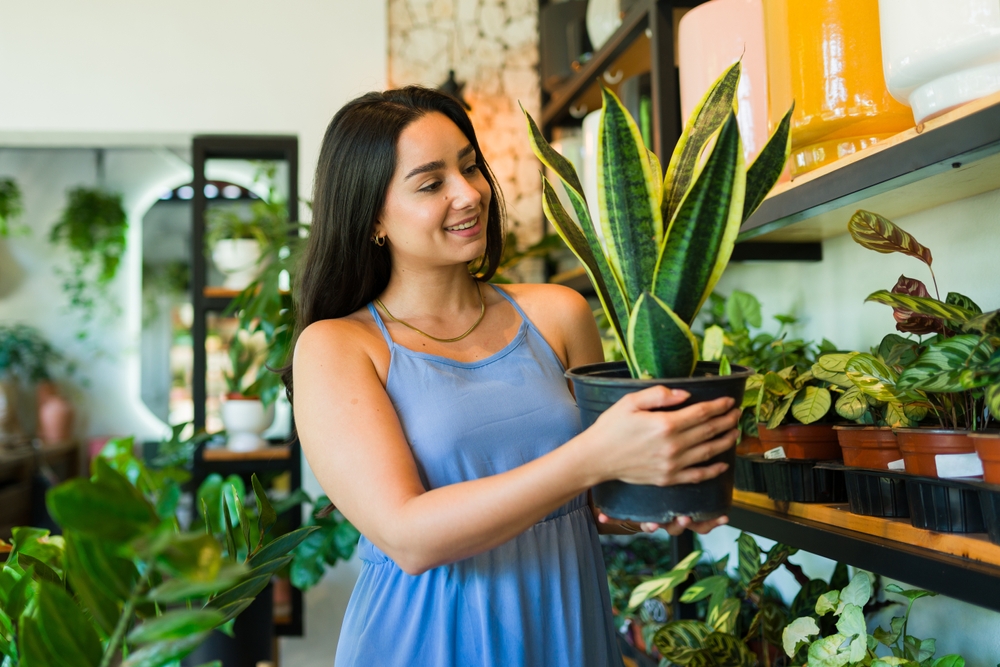Your home is meant to be a haven, a space where you feel comfortable and secure. But unbeknownst to many, some common household items may be harming the planet in ways you never imagined. From everyday cleaning supplies to materials in your furniture, certain products contribute to environmental damage, pollution, and the depletion of resources. In this listicle, we’ll reveal 15 surprising household items that are secretly poisoning the planet and what you can do to minimize their impact.
1. Cleaning Products
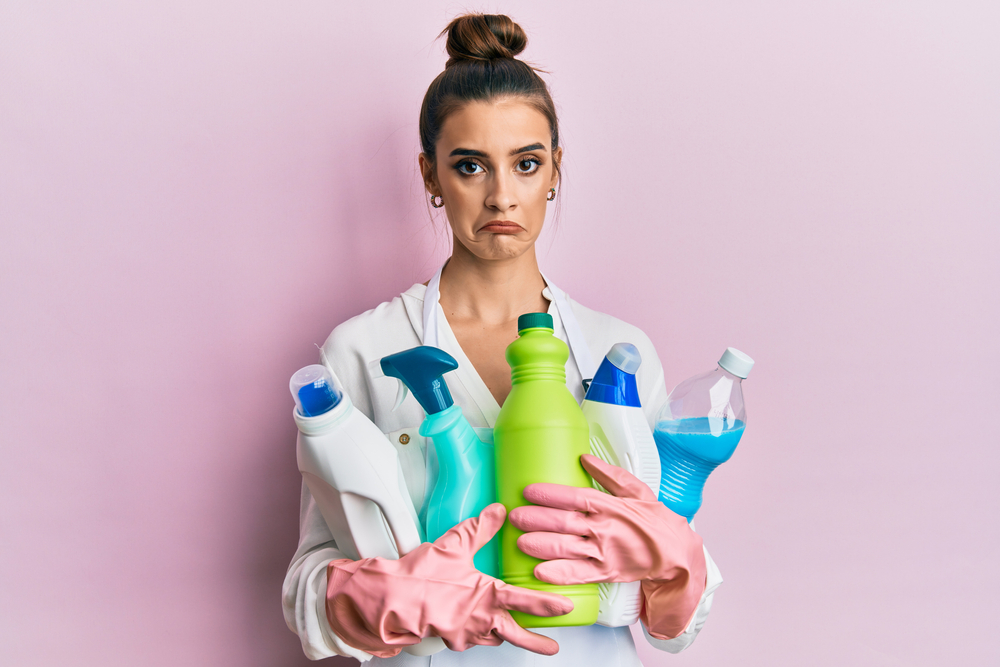
Common cleaning products often contain harmful chemicals that not only affect your health but also poison the planet. Ingredients like ammonia, bleach, and phosphates contribute to air and water pollution, especially when they are washed down the drain. These substances can harm aquatic life and disrupt ecosystems, while VOCs from cleaning products contribute to poor air quality indoors.
Switching to non-toxic, biodegradable cleaning products made from natural ingredients can drastically reduce the harmful impact on the environment. According to Penn Jersey Paper, cleaning products contribute significantly to water pollution through chemicals that persist in waterways and harm aquatic ecosystems. Making small changes like using homemade cleaners with vinegar or baking soda helps protect both your home and the planet from chemical pollution.
2. Plastic Bottles
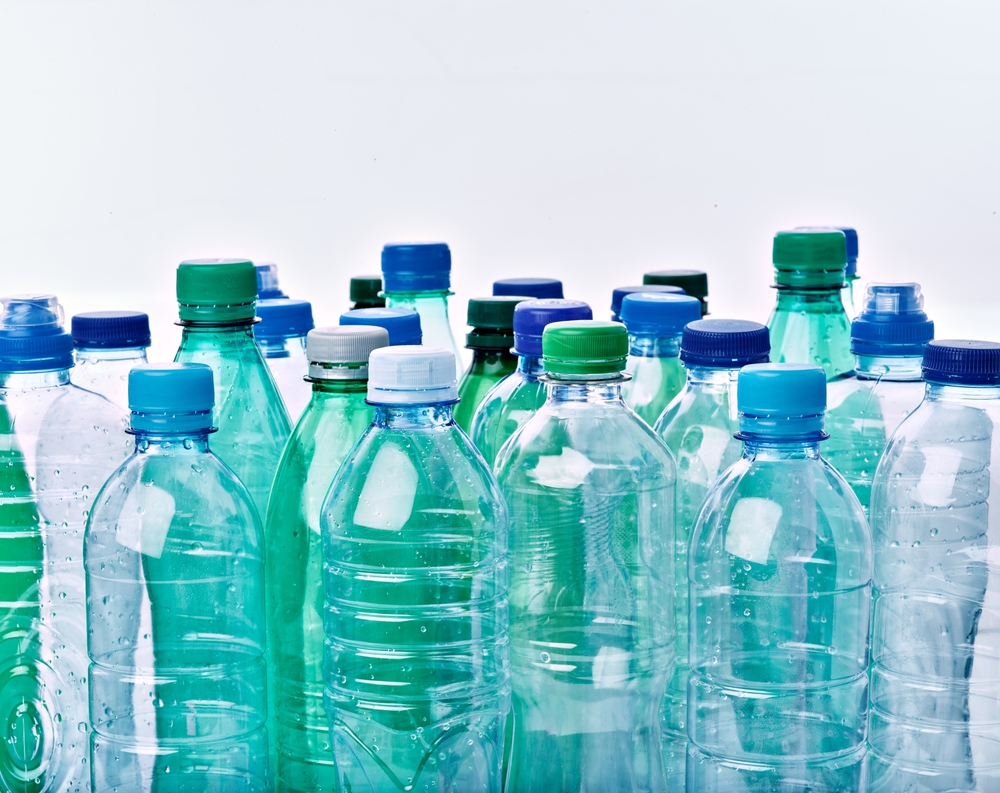
Plastic bottles are ubiquitous in homes around the world, often used for drinking water or storing liquids. While convenient, these single-use plastic bottles are a major environmental concern. Most plastic bottles are made from polyethylene terephthalate (PET), a material that takes hundreds of years to decompose. As they break down, they release harmful chemicals into the soil and water, contributing to long-lasting pollution and microplastic contamination.
Recycling rates for plastic bottles are alarmingly low, with a significant portion ending up in landfills or oceans. According to Earth Day, 91% of the world’s plastic bottles are not recycled, and billions of items of plastic waste pollute oceans and ecosystems every year. Reducing plastic bottle usage by switching to reusable options like stainless steel or glass bottles is a simple yet effective step in reducing waste. Choosing sustainable alternatives helps lessen your carbon footprint and reduces the environmental burden caused by plastic waste.
3. Non-Stick Cookware
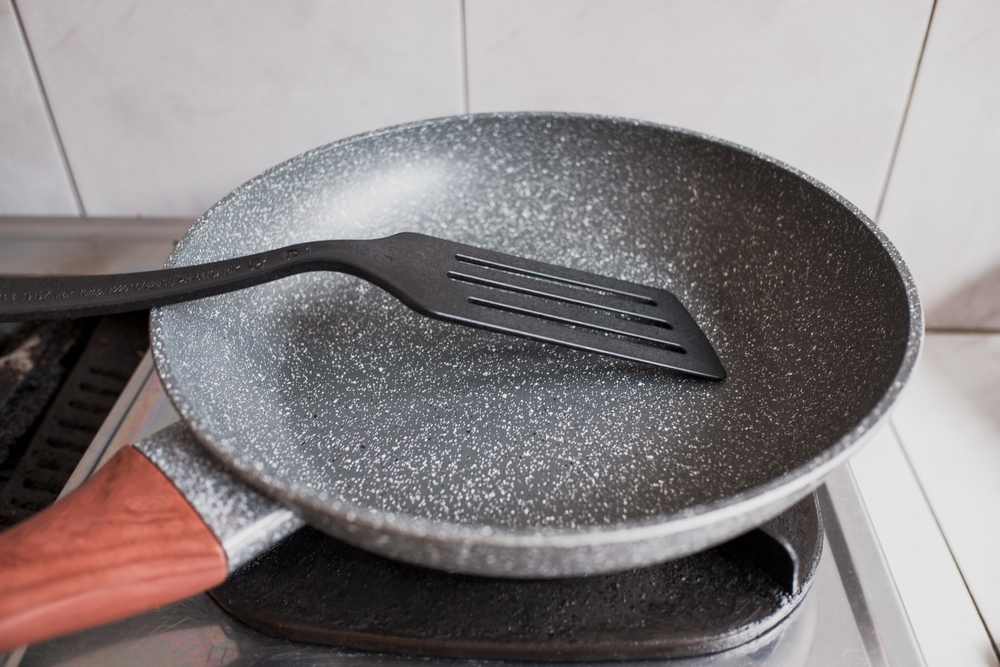
Non-stick cookware, often marketed as convenient for easy cooking and cleaning, is a significant contributor to environmental harm. The coating on these pans is made using perfluorooctanoic acid (PFOA), a substance linked to serious health risks and environmental pollution. When non-stick cookware is heated, it can release toxic fumes that harm the air and wildlife, and improper disposal can contribute to long-term contamination in water sources.
Instead of using non-stick cookware, opt for cast iron, stainless steel, or ceramic alternatives. These materials are more durable and don’t release harmful chemicals into the environment. According to Medium, switching to sustainable cookware reduces environmental impact and avoids exposure to harmful toxins released by traditional non-stick coatings.
4. Air Fresheners
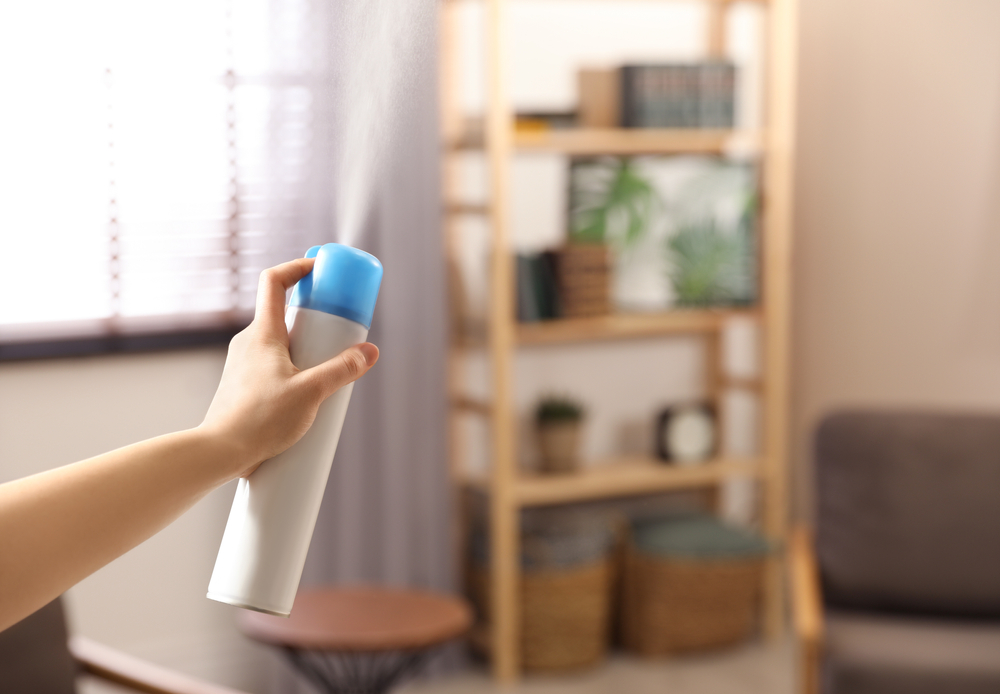
Air fresheners, often thought of as a simple solution to create a pleasant-smelling home, are surprisingly toxic. Many air fresheners contain volatile organic compounds (VOCs) that contribute to indoor air pollution. These chemicals can cause respiratory problems, headaches, and allergic reactions, and they also harm the environment by contributing to smog formation when released into the air.
To avoid these harmful effects, consider natural alternatives such as essential oils or beeswax candles to freshen the air. You can also improve air quality by regularly ventilating your home. According to PubMed, air fresheners release VOCs and secondary pollutants that may adversely affect human health, including respiratory symptoms and damage to the pulmonary and cardiovascular systems.
5. Batteries
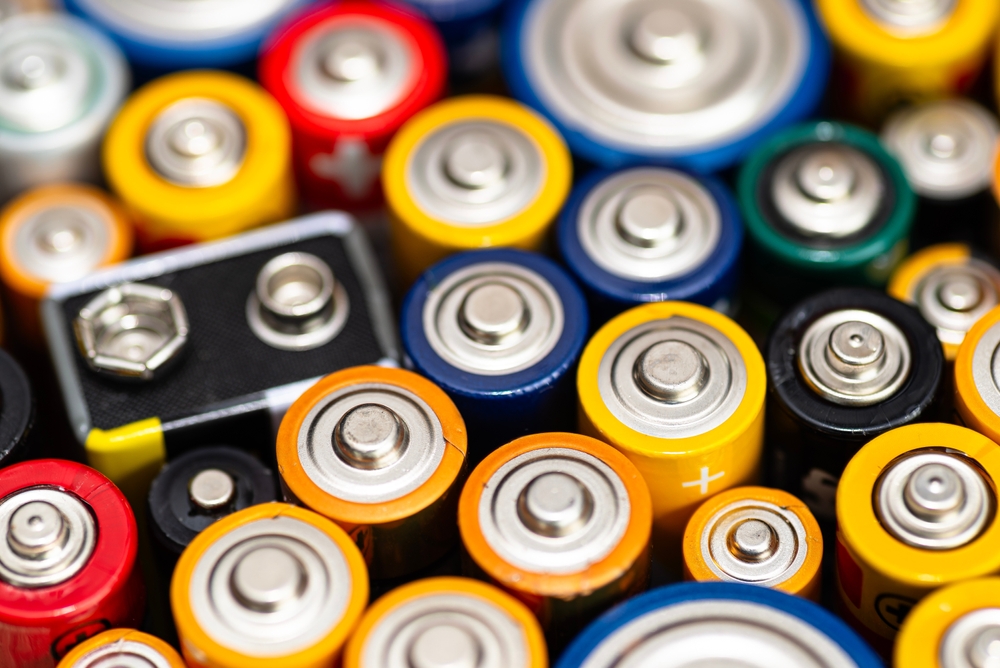
Batteries, especially disposable ones, are a significant source of pollution when not properly disposed of. Many household batteries contain harmful metals like mercury, cadmium, and lead, which can leak into the environment and contaminate soil and water. The production of batteries also contributes to resource depletion, especially as the demand for them continues to grow in the age of portable electronics.
To minimize the environmental impact of batteries, choose rechargeable options and recycle used batteries properly. If you can, opt for solar-powered or hand-crank devices that don’t require batteries at all. By making these small but impactful changes, you can significantly reduce your carbon footprint and prevent toxic materials from leaching into the environment.
6. Disposable Diapers
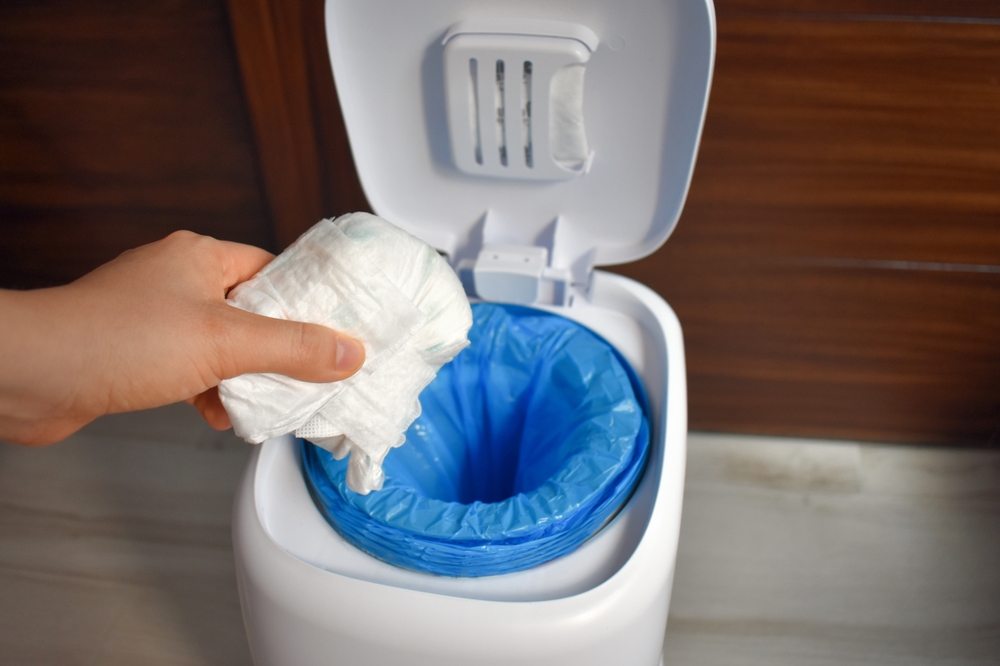
Disposable diapers may be a convenient choice for parents, but they contribute significantly to landfill waste. Made from a combination of plastic and absorbent chemicals, disposable diapers can take hundreds of years to decompose. In the meantime, they release harmful substances into the environment, such as chemicals used in their production and waste products from their contents.
Cloth diapers or eco-friendly disposable alternatives are better options for both your baby and the planet. Cloth diapers can be reused multiple times, significantly reducing waste, and some eco-friendly brands use biodegradable materials. Choosing these alternatives can help reduce the environmental burden created by traditional disposable diapers.
7. Plastic Bags
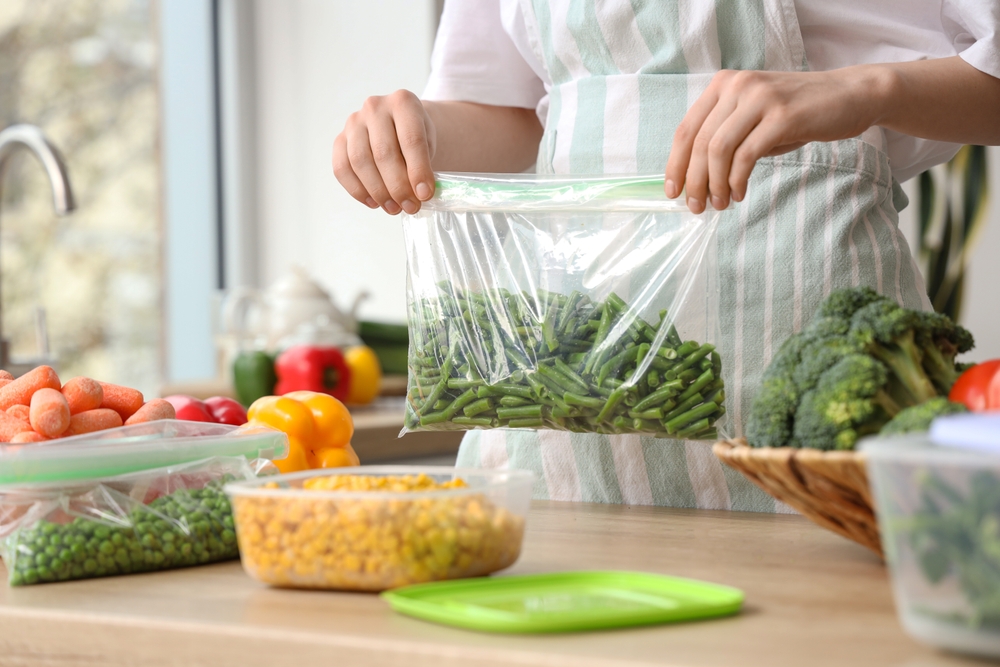
Plastic bags are one of the most common sources of environmental pollution, yet they are still widely used in households. These single-use plastic bags take hundreds of years to decompose and often end up in oceans and waterways, where they threaten wildlife. When animals mistake plastic bags for food, they can become trapped or ingest them, leading to injury or death.
By switching to reusable cloth or jute bags, you can make a big difference in reducing plastic waste. Many stores now offer discounts or incentives for bringing your reusable bags, making the transition even easier. Reducing plastic bag usage is a simple yet powerful way to minimize your environmental impact and protect wildlife.
8. Fast Fashion
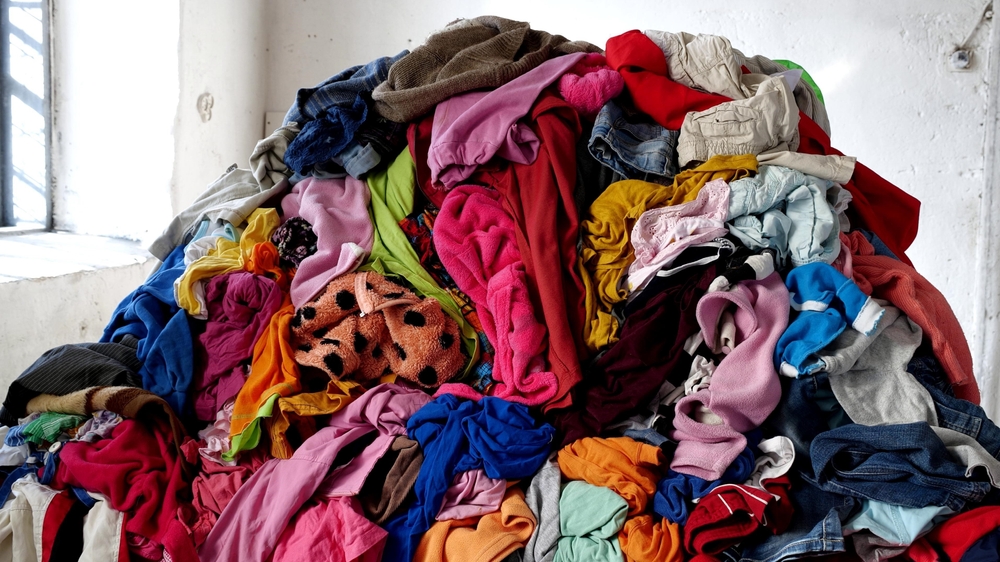
Fast fashion has become a staple in many households, but its environmental impact is staggering. The production of cheap clothing contributes to deforestation, excessive water consumption, and the release of harmful chemicals into the environment. Moreover, the clothing industry is one of the largest polluters of water, with toxic dyes and synthetic fibers leaching into rivers and oceans.
Consider shopping second-hand, choosing sustainable brands, or investing in higher-quality clothing that lasts longer. These choices help reduce the demand for fast fashion and the environmental damage it causes. Additionally, donating or recycling old clothes keeps them out of landfills and gives them a second life.
9. Synthetic Carpets

Synthetic carpets, which are commonly found in many homes, are made from petroleum-based products like nylon and polyester. These materials are not biodegradable and can contribute to indoor air pollution, as they release harmful VOCs. Additionally, the production of synthetic carpets involves toxic chemicals that can damage both the environment and human health.
When it’s time to replace your carpet, opt for natural fibers like wool, jute, or sisal. These materials are biodegradable and free from harmful chemicals, making them a much more sustainable choice. Investing in eco-friendly carpets can significantly reduce the environmental impact of your home’s flooring.
10. Toxic Paint
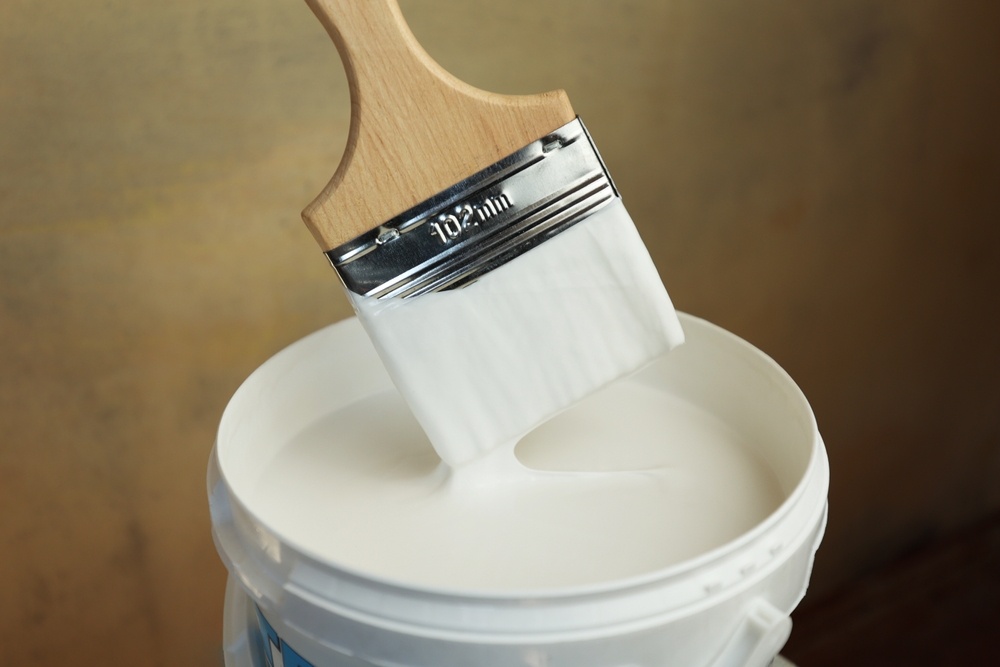
Paints used in many homes often contain toxic chemicals like lead, volatile organic compounds (VOCs), and formaldehyde. These chemicals can pollute indoor air quality and pose long-term health risks to both humans and pets. When paint is disposed of improperly, these substances can also contaminate the environment and cause long-lasting damage.
Choose low-VOC or zero-VOC paints when redecorating your home to reduce your exposure to harmful chemicals. These eco-friendly options are just as effective as traditional paints but are much safer for both your health and the environment. Proper disposal of old paint is also important to prevent contamination of soil and water sources.
11. Electronic Waste (E-Waste)
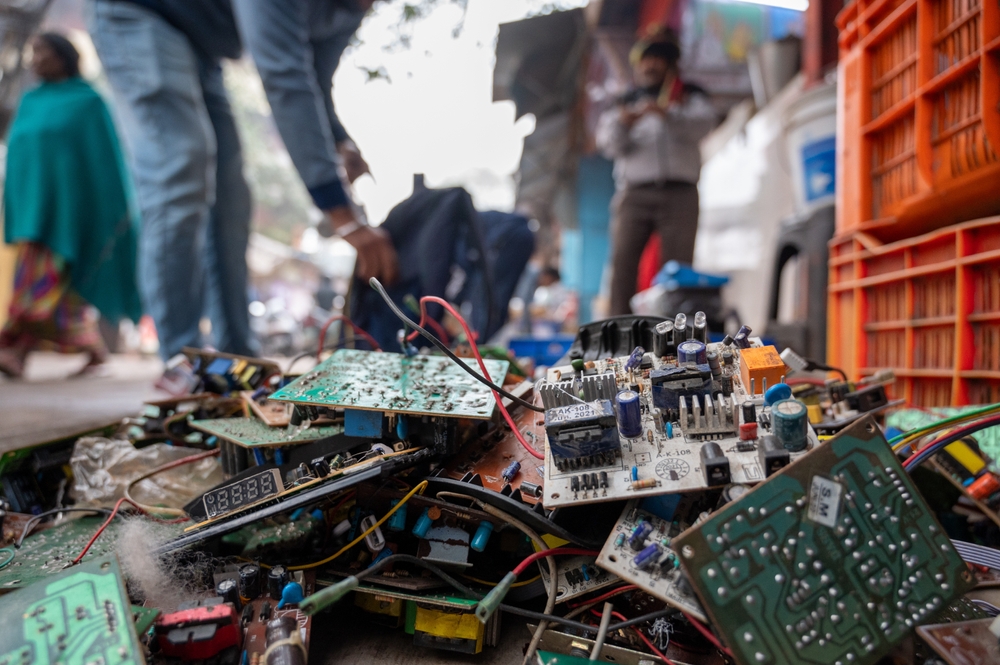
Old electronics, such as phones, laptops, and televisions, are a growing source of pollution when not properly disposed of. These devices contain heavy metals and toxic chemicals, including mercury, cadmium, and lead, which can leach into the environment. E-waste is one of the fastest-growing waste streams in the world, yet many people are unaware of the harm it causes.
Instead of throwing away old electronics, recycle them through certified e-waste recycling programs. Donating or selling functioning devices can also extend their lifespan and prevent them from ending up in landfills. Taking care to dispose of e-waste properly helps reduce the toxic impact of electronic products on the environment.
12. Paper Towels
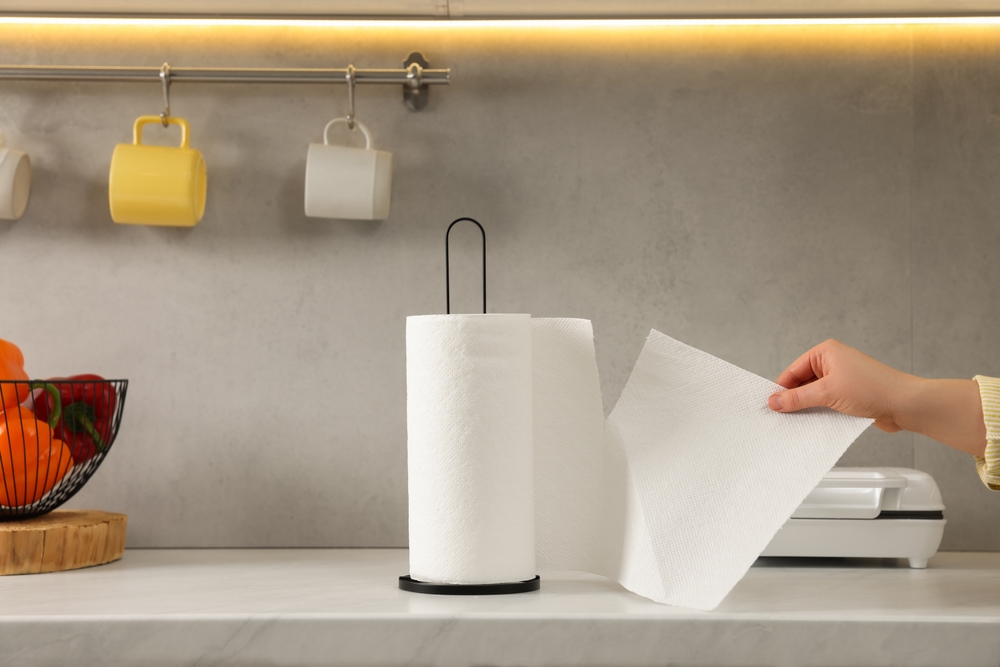
Paper towels are another household item that contributes to deforestation and excessive waste. The production of paper towels requires large amounts of water, energy, and trees, and because they are typically used only once, they end up in landfills where they decompose and release methane gas. Additionally, the chemicals used in processing paper towels can contaminate the environment.
Opt for reusable cloth towels or napkins instead of paper products. These alternatives are not only more sustainable but also more cost-effective in the long run. By making small changes in your household, you can significantly reduce the demand for paper towels and help preserve the environment.
13. Canned Goods
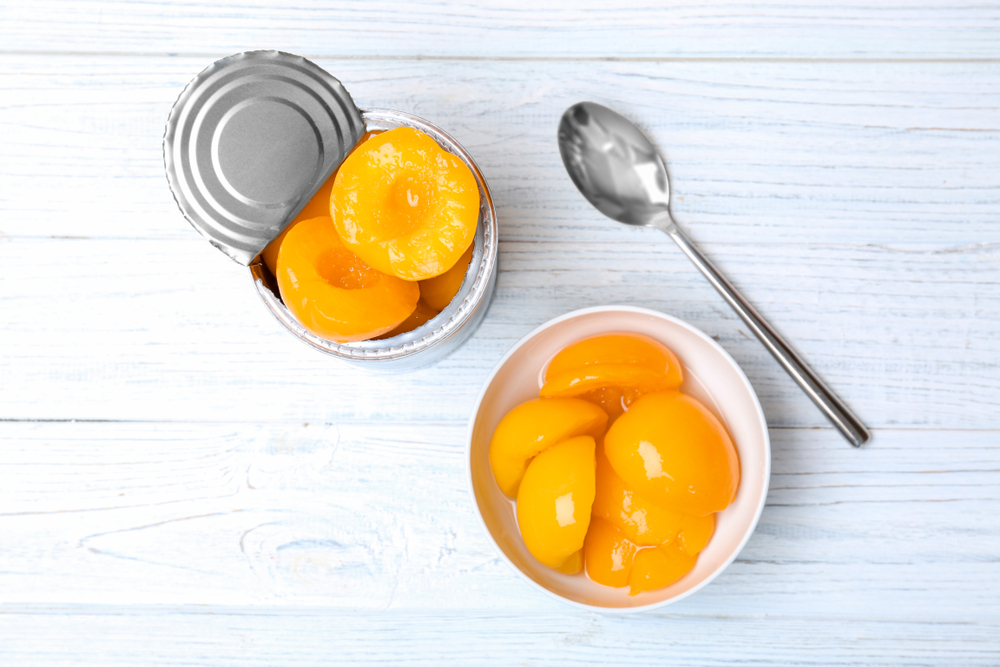
Canned goods are convenient and have a long shelf life, but the cans themselves pose an environmental problem. Most cans are coated with bisphenol A (BPA), a toxic chemical linked to hormonal disruption and environmental contamination. BPA can leach into food, particularly when the cans are exposed to heat, and it can also accumulate in the environment when the cans are disposed of improperly.
Choose fresh or frozen alternatives to canned goods when possible. If you do purchase canned items, look for BPA-free labels to reduce your exposure to harmful chemicals. Supporting packaging alternatives that are more sustainable, like glass jars or cardboard boxes, can further help reduce the environmental footprint of your food consumption.
14. Foam Insulation
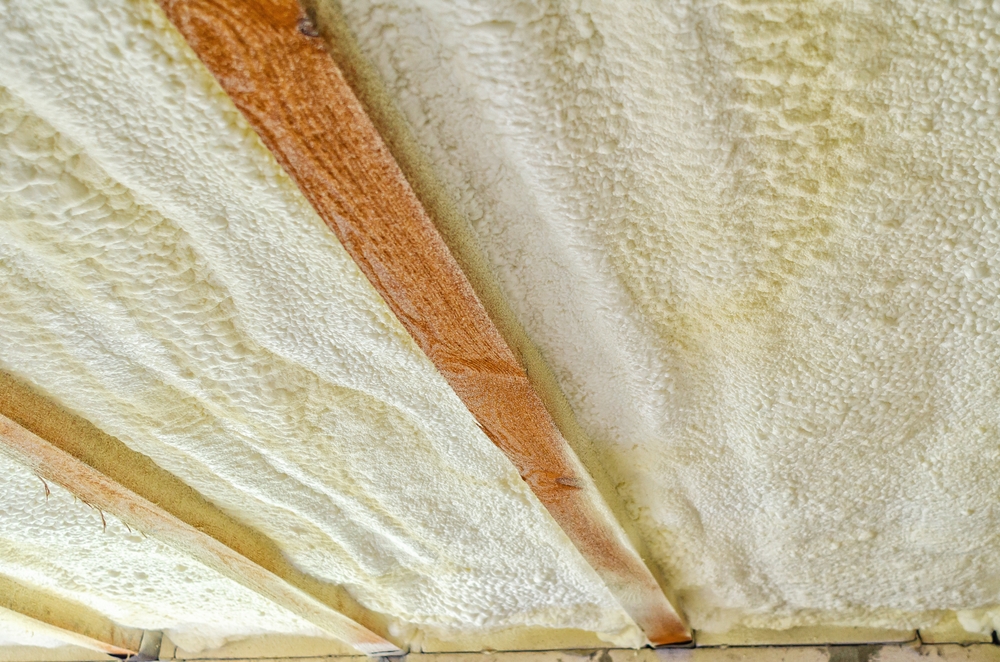
Foam insulation, commonly used in homes for its excellent thermal properties, is another material that harms the planet. Most foam insulation is made from polystyrene, a plastic that is difficult to recycle and takes hundreds of years to break down. Additionally, the production process of foam insulation contributes to greenhouse gas emissions and environmental degradation.
Consider alternative insulation materials, such as cellulose or cotton, which are more sustainable and biodegradable. These options provide effective insulation without the environmental drawbacks of foam. By choosing eco-friendly insulation, you can improve your home’s energy efficiency while also reducing your environmental impact.
15. Single-Use Plastics

Single-use plastics, from straws to plastic cutlery, are major contributors to global pollution. These items are often used for a few minutes but can take hundreds of years to break down. As they decompose, they release harmful chemicals into the environment, which poison wildlife and contaminate ecosystems.
Eliminate single-use plastics by switching to reusable alternatives made from metal, glass, or bamboo. Carry your reusable shopping bags, utensils, and containers to reduce your reliance on disposable plastic products. Small changes like these can help protect the planet from the overwhelming burden of plastic waste.

Abisola is a communication specialist with a background in language studies and project management. She believes in the power of words to effectively connect with her audience and address their needs. With her strong foundation in both language and project management, she crafts messages that are not only clear and engaging but also aligned with strategic goals. Whether through content creation, storytelling, or communication planning, Abisola uses her expertise to ensure that her messages resonate and deliver lasting value to her audience.

